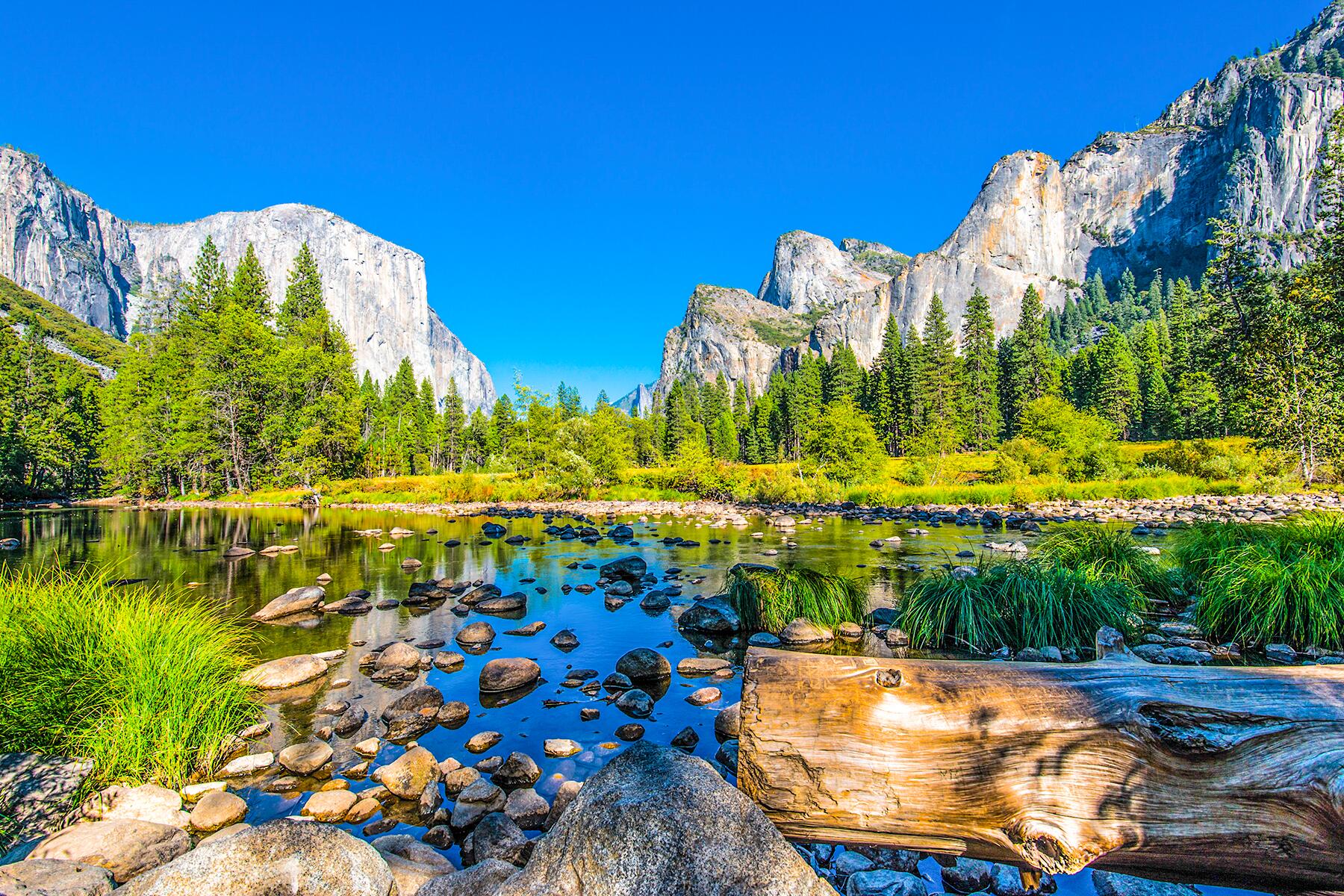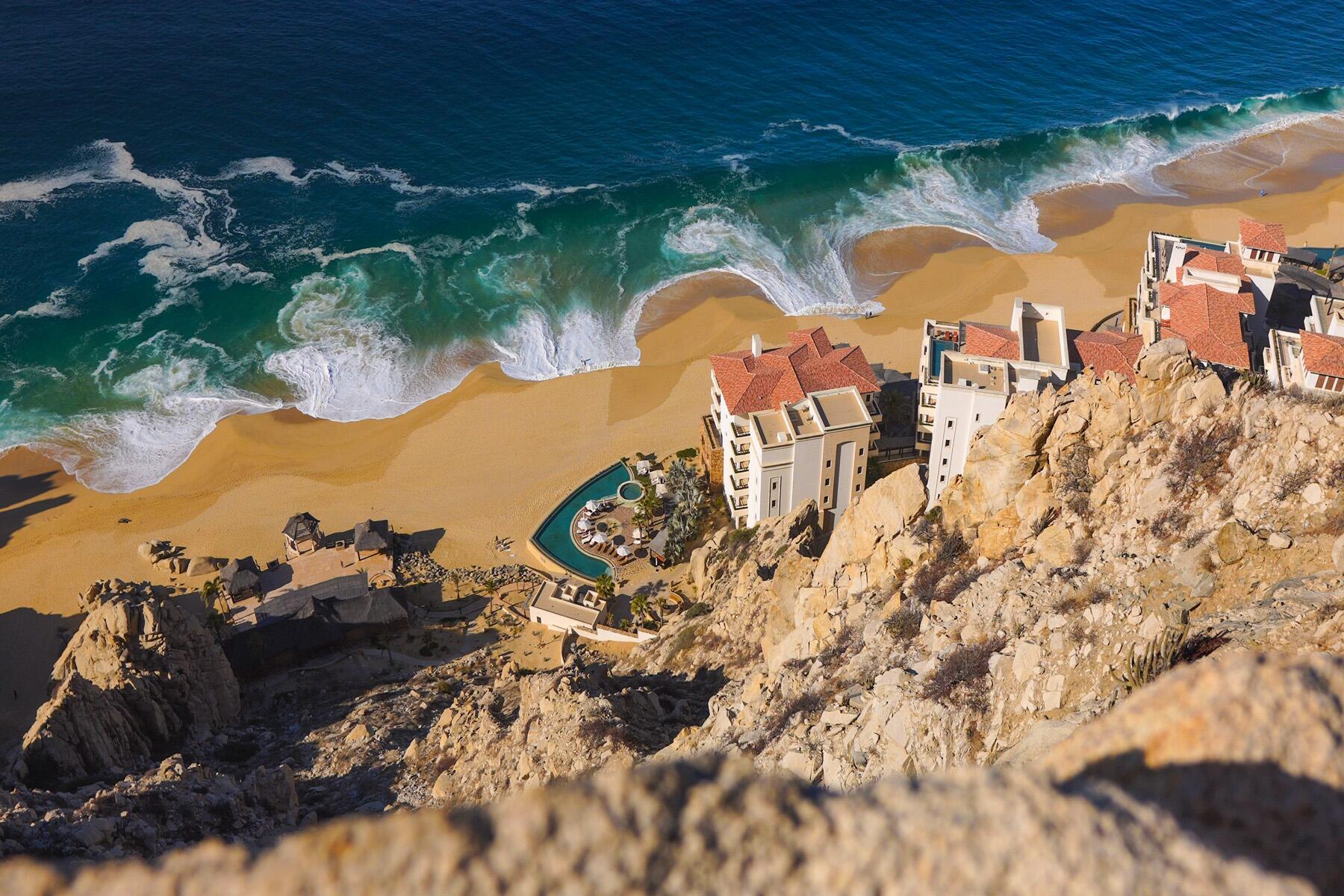The Paris of the South, la Reina de la Plata, mi querido—Buenos Aires, with its cultural influences ranging from Rome to Latin America, is known by many names but it’s a city all its own. History buffs, style mavens, gourmands, and art enthusiasts will all find plenty to love in Argentina’s capital, a pleasantly affordable and tourist-free city with all the amenities of the world’s most famous metropolises. This is a city for walking and exploring more than museum-hopping or sightseeing, so plan for an active weekend with hearty meals waiting at the end.
DAY 1
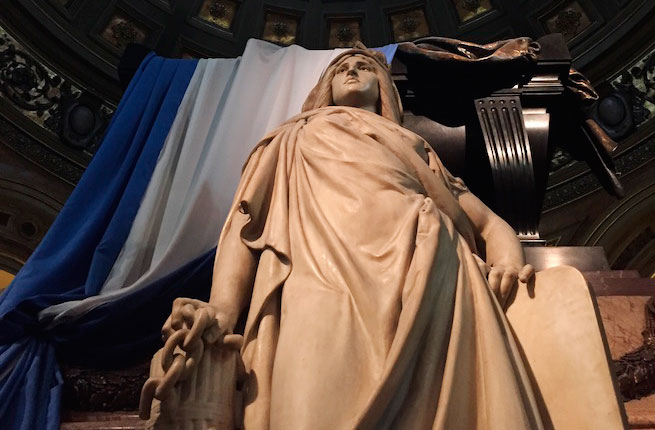
Begin your visit in the heart of the city at Plaza de Mayo. The sprawling square has been the site of many important moments in Argentina’s history from the revolution in 1810 to the famous speeches by Eva Perón 100 years later. At one end is the Casa Rosada, the residence and office of the president. On the other, you’ll find the Catedral Metropolitana de Buenos Aires. The main Catholic church in Argentina, it was the former archbishopric of Pope Francis. Stop in to visit the mausoleum of General San Martín, the noted South American revolutionary and independence leader.
After exploring the Plaza, head south to the San Telmo district. This is Buenos Aires’ oldest barrio and historically the area’s most diverse, home to the city’s industrial laborers from all over the world. A yellow fever outbreak in 1871 decimated the area, and it wasn’t until the 1960s that it began to rebuild, with artists moving into the area and lending it the charming bohemian vibe that’s there today. The neighborhood is a maze of cobblestone alleyways and former tenement houses converted into smoky cafés and antique shops. For a particularly fascinating restoration work, don’t miss El Zanjón de Granados. The former mansion-turned-tenement has been meticulously restored, preserving details from the building’s history, from the old cellar and the underground riverbed to the original brick walls and balconies from its time as a tenement house.
Recommended Fodor’s Video
Tonight is all about tango. In Buenos Aires, the traditional dance has strong ties to the San Telmo area, where the African and European cultural influences converged, so stay in this area for dinner. The neighborhood is packed with small cafés and swankier restaurants serving local and international cuisines. Aramburu offers an upscale take on Argentinian dishes.
After dinner (served traditionally between 9 and 11 pm), head to the dance club. There are professional shows all over the city, but for a locals’ experience, Buenos Ayres Club (Perú 571, 1233 Buenos Aires) is the place to be. Tango clubs can be intimidating, but Buenos Ayres Club is perfect for novices and experts alike. Whether you’re people-watching or taking to the floor yourself, it’s sure to be an interesting and authentic evening.
DAY 2
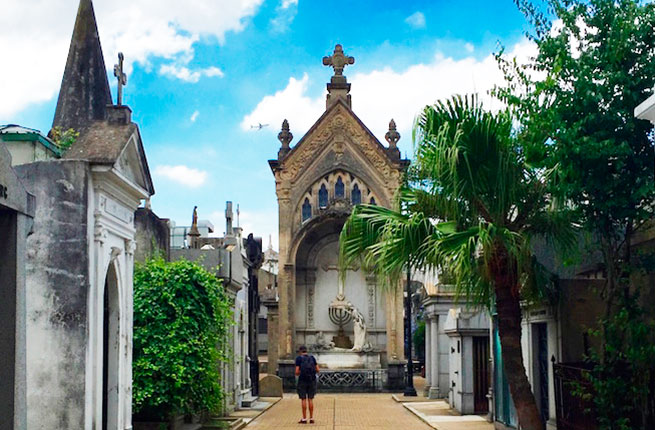
After breakfast, head over to Recoleta, one of Buenos Aires’ most famous and pricey areas. The architecture is strikingly French; many of the buildings were in fact modeled after the famous châteaux in the Loire Valley. Be sure to see the impressive opera house, Teatro Colón, and to pop into El Ateneo Grand Splendid, one of the world’s most famous bookshops.
Begin your morning at the edge of the neighborhood—Teatro Colón is a good place to start—so you can make your way north and end at La Recoleta Cemetery, Buenos Aires’ most famous attraction. The cemetery was established in the middle of the 19th century and quickly became a favored spot among the city’s elites for interment. As a result, La Recoleta is an eclectic collection of elaborate mausoleums built to be competitive status symbols as much as they are memorials. Many of Argentina’s most important historical figures are buried here, including several former presidents and the beloved Eva Perón, but the entire cemetery is full of interesting and extravagant tombs.
Spend the rest of the day in Palermo, a barrio so large that it has several distinct districts within it. Palermo Chico is the Embassy Row of Buenos Aires, filled with stately mansions housing embassies and diplomats’ homes, but the real heart of Palermo is in Soho. Shopping and dining don't get much better in Buenos Aires than here. Enjoy a late lunch at one of the countless sidewalk cafés or grab a quick coffee and a snack at Boutique del Libro. Palermo’s ultra-trendy restaurants usually don’t open until dinner, so the afternoon is a good time to see the neighborhood’s quieter side.
You can easily spend the afternoon in Palermo shopping, but take some time to venture a little further afield to discover some of Buenos Aires’ best street art. Palermo Soho and adjacent Colegiales are both known for their vibrant streetscapes and homegrown street artists. You can either join a guided tour or find your own way.
Dinner tonight is about enjoying Argentina’s best dish. Beef will be the centerpiece of any traditional meal here, but Buenos Aires’ global flair means that the best local cuisine often comes with a twist. At Sucre, the menu is inventively traditional with a focus on local and organic products. The ambiance is decidedly upscale and modern with a killer cocktail menu to boot.
Looking to see and be seen? Stick around Palermo Soho. Don Julio is regarded as one of the best steak restaurants in town and the area is full of hip bars that come alive after dark.
DAY 3
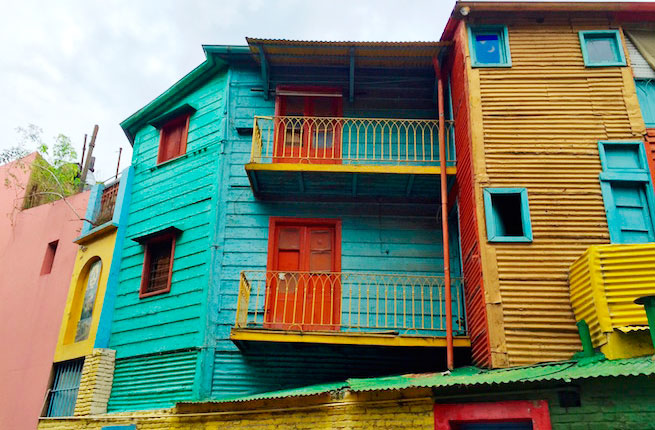
Spend your final hours in Buenos Aires taking in the colorful display in La Boca. This historically working-class Italian neighborhood is perhaps the city’s most photogenic area. Its brilliantly colored houses came about as a result of the residents’ inventiveness and thrift; people in the area would paint their houses with leftover paint cans from the nearby port, resulting in an eye-popping spectrum. Its proximity to La Bombonera soccer stadium has made it a popular tourist attraction, with tango dancers and artists lining the streets, but it’s still a must-see on any trip to Buenos Aires.
If you still have time, take a walk through Puerto Madero. The recently revitalized neighborhood on the eastern edge of the city used to be the city’s industrial hub along the Rio de Plata. Today, the former warehouses have been converted into trendy restaurants, boutiques, and hotels. Some of the cranes used for unloading ships are still there.
WHERE TO STAY
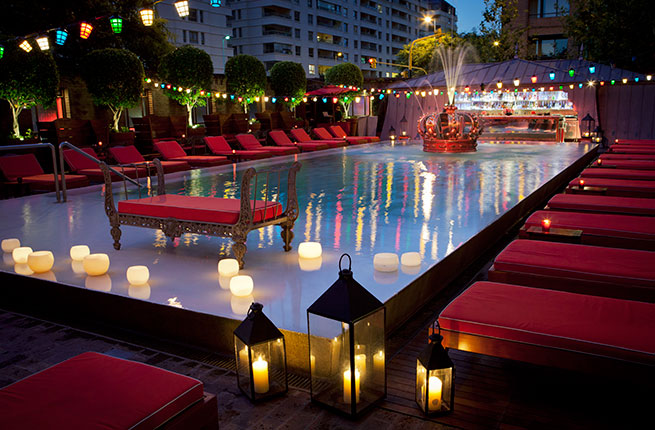
Like in any big city, Buenos Aires is full of hotels of every size and style. For classic luxury in the tony Recoleta district, opt for the historic Alvear Palace Hotel. Looking for something more unusual? Book a room at the Faena Hotel, a Philippe Starck–designed study in cool, in the Puerto Madero. For something else entirely, cozy up at one of the small boutique hotels in Palermo. Mine Hotel Boutique and Legado Mítico are both small properties in the heart of the buzzing Palermo Soho district.
WHEN TO GO
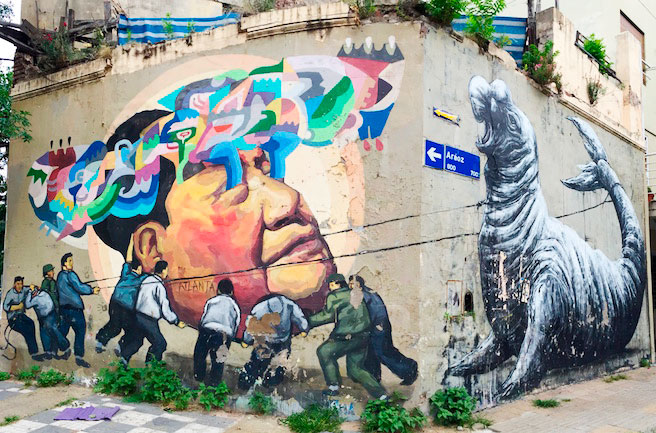
Buenos Aires has a temperate climate, so it’s a good destination any time of year. As it’s in the southern hemisphere, it makes for a great winter escape from the United States, when temperatures are usually in the 80s and the city tends to be a little quieter.

